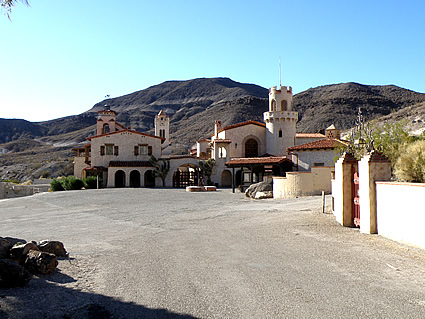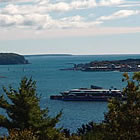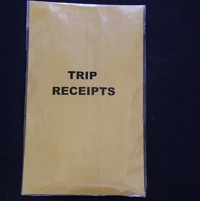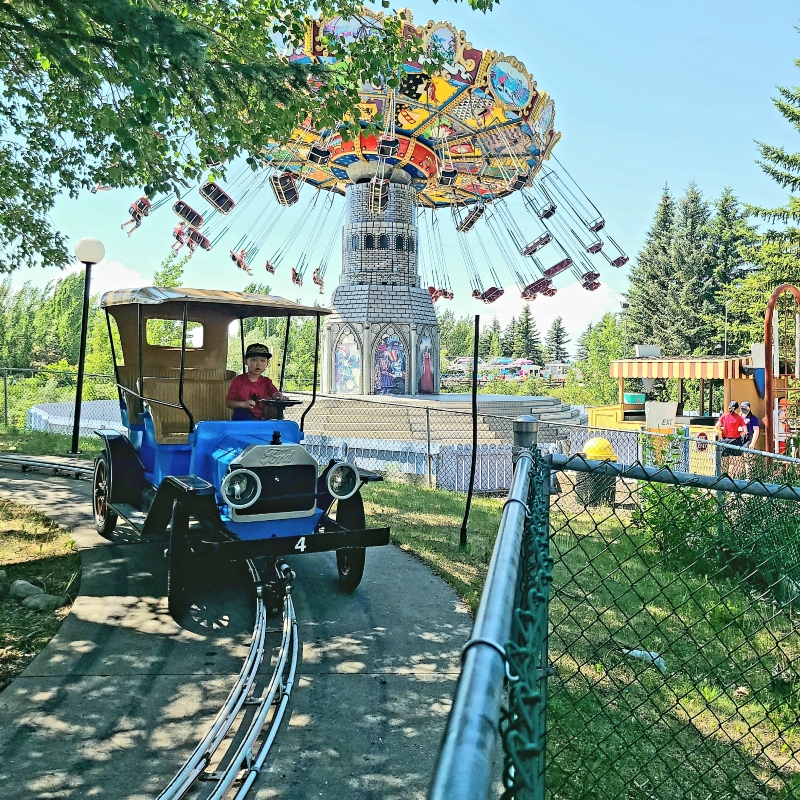Sun, sand and rocks
Enter into Lynne Benjamin’s world of wonders as she travels Death Valley

Even if geology isn’t your thing, approaching and driving through Death Valley gives you a sense of all the tremendous geological happenings throughout the ages. The valley is a basin completely surrounded by rugged mountains, both barren and colourful. Death Valley was formed from debris sliding down the sides of the mountain ranges into this enclosed valley of the Great Basin region.
Death Valley Junction
Taking wrong turns usually results in finding wonderful treasures. And that is what happened on our way to Scotty’s Castle. We took a wrong turn and ended up in Death Valley Junction and the Amargosa Hotel and Opera House. Like so many of the small towns in southern California and Arizona, Death Valley Junction was built around mining (borax was mined around Death Valley Junction until the late 1940s) and the railroad. And like so many southern California and Arizona towns, it died.
Apparently in the mid 1960s, Marta Becket, an actress from New York (obviously with lots of money), undertook restoring the opera house and the attached hotel. Being a very creative woman, she painted frescos on the walls throughout the hotel (very folksy) and she and her partner presented performances every Saturday until his death a few years ago.
Marta is now over 85 years old. She is hospitalized with a broken leg, arm and other injuries after a severe fall, so the performances have been suspended. Apparently the hotel is still going strong and was going to host a wedding there that weekend.
Scotty’s Castle
We finally did get to Scotty’s Castle. It is one of Death Valley’s most famous scams. The castle was the home of an eastern millionaire, Albert Johnson. In the early 1920s, on a trip out to Arizona, Johnson met Walter Scott (Death Valley Scotty) and was smitten by Scott’s stories about the gold and the gold mines in Death Valley. Johnson had been looking for a warm, dry climate for his health, so he agreed to build a place in the Grapevine Canyon of Death Valley.
Built around a courtyard, the castle had all the modern conveniences of the time. The springs of Grapevine Canyon (located at an elevation about 300 feet (91 metres) higher than the villa) provided the water supply for the ranch and were used to generate electricity. There was enough water flow and pressure to turn a water turbine, and that ran the generator.
Scott claimed that the castle was financed through the money he made from a secret gold mine (presumably under the house) that never really existed. According to the story, even with all Scott’s yarns, stories and claims, there was an extraordinary bond of friendship between him and Johnson. Johnson enjoyed Scott’s tall tales and engaged him to entertain both themselves and their visitors. In the end, Johnson made sure Scott had a place to spend the rest of his life, but left the castle and all his possessions to charity.
Artist Drive
The impact of the millions and millions of years of geological eruption and settling are everywhere. The Artist Drive takes you up into a unique colourful rock formation. It is a one-way trail that winds in, around and through the lava and sedimentary rock.
One section called the Artist Palette gives a fascinating view of the layers created from the movement and folding of the earth’s crust. Each stratum represents eons of geological time of rain, wind and erosion.
A raven stands on guard at the Palette. He considered it his job to have his picture taken and posed for us as well as at least a dozen other visitors’ photo shoots.
Badwater Salt Flats
After the water receded (billions of years ago) it left some areas smooth and barren and others covered with heavy salt residue. The Badwater Salt Flats, with a well-developed visitor area, is one of the most fascinating salt areas.
The story goes that the flats were named by an old miner who brought his mules there to drink. When the animals refused to drink he named the area Badwater Flats.
The flats lay 282 feet below sea level. There are walks that go for miles out onto the salt. It seldom rains in Death Valley but pools of water seep up from underground springs and dot the salt-white land. Tiny salt-resistant pupfish are only found here and flourish in the waters.
For millions, perhaps billions of years, the region we now call Death Valley has erupted, flooded, shifted, scorched and revitalized itself over and over again. It has and will always continue to change. Scientists, prospectors and visitors alike are drawn to the mysteries and promises of the valley. And here we stand on the edge of the cliff wondering if we have clean clothes for tomorrow. Ludicrous, isn’t it?








